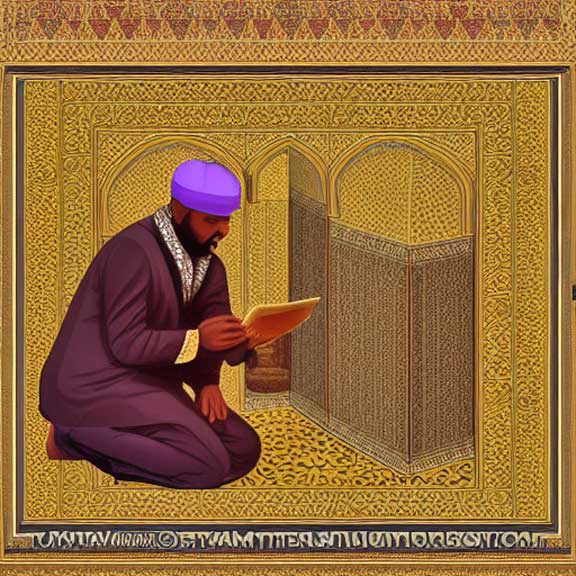The Moors in Spain
How their art and architecture transformed the country

The Moors have left a deep mark on Andalusia and the rest of Spain. From their arrival in the early 8th century until their final expulsion in 1492, they left an indelible mark on the country’s culture, cuisine, architecture, art, music, and more. Their influence is still felt today.
The Moors were Arabs who migrated from North Africa to Spain starting in the 8th century. They arrived with the intent of conquering the land and converting its inhabitants to Islam. They were largely successful, as they remained in control of much of Spain for over 700 years.
In this article, we explore their culture and lasting impact on Andalusia and wider Spain today.
The Moors introduced the concept of the garden to Spain, and created many of the grand gardens that still exist in Andalusia today. They also built many of Andalusia’s (and Spain’s) most beautiful architectural wonders. One of these is La Alhambra, a stunning palace and fortress in Granada. UNESCO has listed La Alhambra as a World Heritage site, calling it “a synthesis of architectural elements drawn from a variety of cultural sources,” that is “without parallel in the Islamic world.” Some of Andalusia’s other architectural marvels that were built by the Moors include the Mezquita in Cordoba, the Alcazar in Seville, and the Cathedral of Córdoba. The Mezquita is a stunning, though now crumbling, mosque that the Moors built in the 9th century.
When they were driven out of Andalusia in the 15th century, the Christians turned the place of worship into a Catholic cathedral, though they left many of the original architectural elements in place.
The Moors brought their culinary traditions with them when they arrived in Spain. The Arabs were renowned for their sophisticated tastes and complex cooking techniques, and these became part of Spanish culture. While the original ingredients have changed, many of the Moorish culinary traditions have remained in Spanish cuisine to this day.
The Moors are credited with bringing a wide variety of spices to Spain, including saffron, cinnamon, nutmeg, and cumin. They also brought a wide variety of citrus fruits that are native to Asia. Many of these foods are now an important part of Spanish cuisine, and they have been widely used in the country’s cooking ever since. In fact, a number of these ingredients remain a staple in Spanish cooking today.
The Moors who migrated to Spain in the 8th century brought with them their distinct culture and customs. They integrated themselves into Spain’s society, but maintained many of their old practices.
Some of the most notable cultural differences between the Moors and their Spanish neighbors were related to clothing and lifestyle practices. For example, the Moors wore turbans and grew beards, while the Spanish did not. The Moors also used bathhouses to clean themselves, while the Spanish did not. The Moors also had distinct social customs that set them apart from the Spanish. For example, during mealtime, the Spanish would eat sitting down, while the Moors would eat while standing.
The Moors brought their own musical traditions to Spain, which also left a lasting mark on the country’s culture. The most notable example is the Flamenco music that is still popular in Andalusia today. Many experts believe Flamenco is heavily influenced by Moorish traditions. In fact, some musicologists have suggested that it originated in North Africa and was brought to Spain when the Moors migrated there.
Beyond the musical traditions shared between the two cultures, the Moors also brought musical instruments to Spain. Some of these instruments are still used in Flamenco music today. These include the guitar, the lute, the tambourine, and the tabla, a type of drum.
They introduced the horseshoe arch and were also the first civilization to use the pointed arch in European architecture. These two architectural styles were eventually adopted by the rest of Europe and have remained in use to this day. The Moors also introduced decorative elements to Spanish architecture. Many of these are still used in modern Spanish architecture. Examples include the Moorish bell, the Moorish garden, and the use of Arabic calligraphy. Summing up The Moors arrived in Spain in the 8th century and ruled the country until they were driven out in the 15th century. They left a lasting mark on the culture and architecture of Andalusia and the rest of Spain.
Many of the most beautiful buildings and works of art in Spain are a reflection of the Moorish influence. The Moors brought with them new architectural styles and influenced the design of buildings throughout Andalusia, including the Great Mosque in Cordoba and the Mezquita in that city. They also created new types of music and instruments and influenced Spanish artists, who created art in the Moorish style.